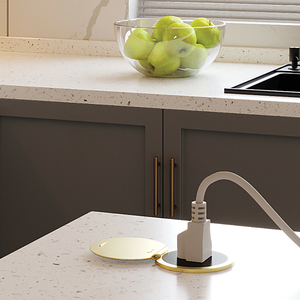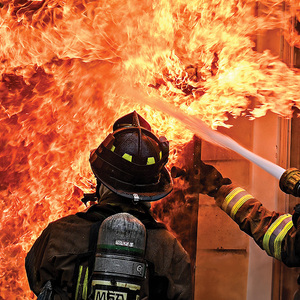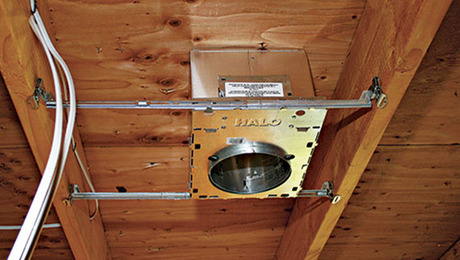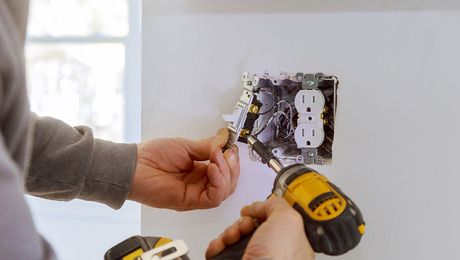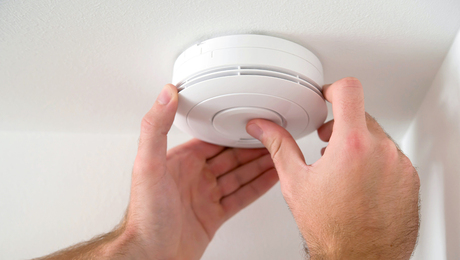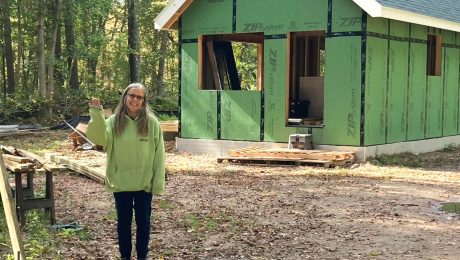Preventing House Fires
Knowing where fires commonly start can help builders to avoid tragedy during construction and even after the job is finished.
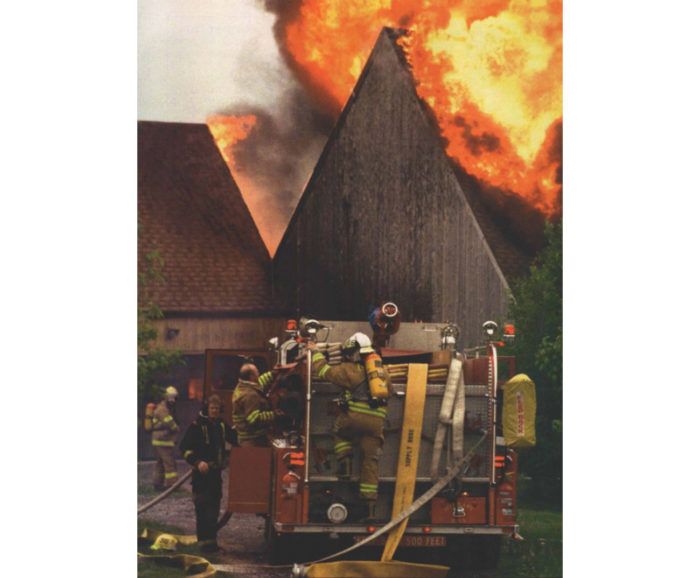
Synopsis: House fires are a potential problem long before the homeowners move in. The author details a variety of job-site hazards that can lead to fire, from untended space heaters to overloaded extension cords, and offers several construction details that make houses less likely to burn.
Back when I worked as a carpenter, I started a job in midwinter with a commercial outfit that was building a large apartment building. A few weeks before, carpenters had dug and formed the footings in the main utilities trench. It was cold when they poured the footings; the thermometer didn’t rise much past the teens during the day. Worried that the fresh concrete would freeze, the carpenters put a propane torpedo heater in the trench to keep the pour warm overnight. They also were concerned about the 100-lb. propane tanks freezing, so before leaving for the day, the crew put the tanks in the trench and covered everything with a sheet of plywood.
It was nearly midnight when the propane tanks began to explode. A couple of tanks roared out of the trench like miniature ICBMs, one landing about 150 ft. away. Frightened neighbors thought they were under attack Luckily, the police station was in direct line of sight, and the dispatcher called in the alarm as he watched the tanks take off. The incident became a grim joke among the crew, but they could laugh because they knew they were lucky: Nobody was killed or maimed, and the property damage was limited to a few toasted wooden forms.
Let me repeat myself: They were lucky. Every year, residential fires kill about 3,000 people, injure thousands more and cause about $4 billion in damages. Most fires are caused by someone smoking in bed, by kids playing with matches or by plain bad luck, but some are the direct result of a builder’s negligence. After all, a house is really a large stack of firewood. To find out what builders can do to make fires less of a problem, I talked to fire marshals, building inspectors and fire-safety experts from around the country.
Job-site fires often result from not keeping an eye on heaters
I called Chris Siwy, the Glastonbury, Connecticut, fire marshal who was in charge the night of the propane-tank fiasco. He told me the heater in the trench was old and that its legs were wobbly, so the carpenters had propped up the heater with scrap wood. The wood gradually got hot enough to burst into flame, which melted the heater’s supply hose. Spewing flames, the hose whipped around in the trench, finally igniting the tanks.
Siwy recommends that heaters be placed at least 10 ft. away from combustibles and never be left unattended. In particular, hanging tarps and polyethylene vapor barriers tend to get blown into heaters and can ignite in a heartbeat. Siwy also said that portable heaters need periodic safety checks to ensure that everything, especially pilot lights, is in good working order. Tanks ought to be stored safely so that they can’t be knocked over or ruptured; spare tanks should be locked up or fenced in as protection against vandalism.
For more photos, illustrations, and details, click the View PDF button below:



